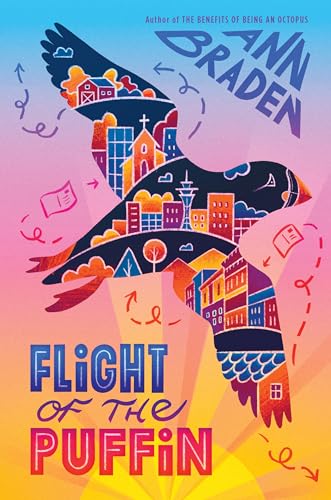
This is the first book I have reviewed this year in which the main protagonist is an animal. There are lots of bears, dogs and even cat protagonists in many of the popular books out there and with good reason too because those animals seem to be more likable and personable than bighorn sheep which frankly are not the most popular animal. Bighorn sheep on the whole tend to be very elusive and frequent high altitudes.
In this story after feeling threatened a flock of sheep split up with a small band composed of Tuk and his good friends Rim and Mouf. As they journey to a mysterious blue mountain that seems to be part myth and part legend they face various trials.
Mixing elements of mythology and a keen sense of story, Leavitt does a fine job of imbuing animals with personalities that match their temperament. There is a brief interlude with an otter that is hilarious. Bighorn sheep are preyed upon by several creatures and Leavitt is able to portray this fine balance between life and death in a sympathetic manner. The harmony of nature is seen in the exchanges between the sheep and some other creatures who are looking for a meal but through some quick thinking they survive.
These animals are extremely hardy and in the book they survive various perils. Habitat loss is mentioned a few times and the sheep do come into contact with various humans but thankfully they are none the worse for wear. For me another important element that came up a few times in the story was the peaceful nature of the bighorn. Despite the rams' huge horns they are indeed a peaceable species so much so that when the impetuous Tuk has a violent altercation with a predator another sheep asks him if he is truly a bighorn.
The author's father grew up in the mountains and she mentions in the afterword that the story is based partly on a stash of notes that he left her. The love she has for the environment is palpable and her descriptions make the story come alive. I felt as if I were in the valleys and glens walking along with the herd at times. This is a fine book and I recommend it for ages 8+




.png)






